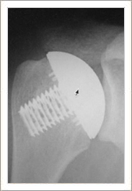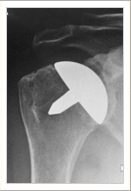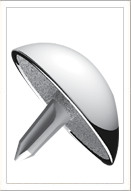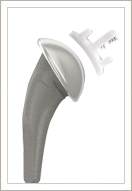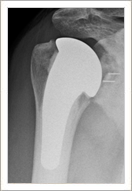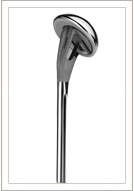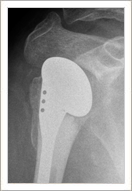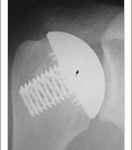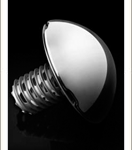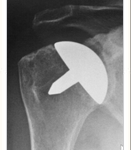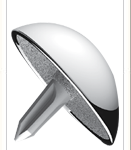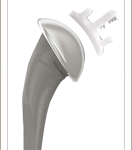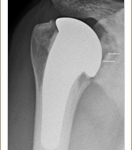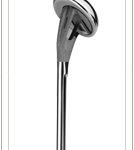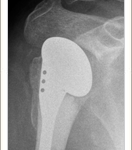 MIOT Hospitals is pioneer in shoulder replacement surgeries.
MIOT Hospitals is pioneer in shoulder replacement surgeries.
Shoulder Surgery Procedures
- Home
- Shoulder Surgery Procedures
-
Shoulder Replacement
Details -
Shoulder Conditions
Details Arthritis is not a symptom of “just getting old”
Arthritis is not a symptom of “just getting old” -
Why Shoulder Replacement Surgery
Details MIOT dreams of a world where you are pain free.
MIOT dreams of a world where you are pain free. -
Shoulder Surgery Procedures
Details Explore a range of shoulder replacement procedures.
Explore a range of shoulder replacement procedures. -
Recent advances in Shoulder Arthroplasty
Details Explore Recent advances in Shoulder Arthroplasty
Explore Recent advances in Shoulder Arthroplasty -
Preparation for Surgery
Details Replacing joints has really come of age with this introduction of computer navigation.
Replacing joints has really come of age with this introduction of computer navigation. -
Hospital Stay
Details While you’re at MIOT, we prepare you before the surgery, operate and treat you further
While you’re at MIOT, we prepare you before the surgery, operate and treat you further -
Recovering at Home
Details Your shoulder replacement should give you years of service protect it by taking a few simple steps
Your shoulder replacement should give you years of service protect it by taking a few simple steps -
How much would it cost?
Details Shoulder replacement surgery cost varies with the type of implant and the shoulder condition.
Shoulder replacement surgery cost varies with the type of implant and the shoulder condition. -
Videos
Details Explore shoulder replacement surgery videos.
Explore shoulder replacement surgery videos. -
FAQ
Details Got questions? Read on to have your queries answered.
Got questions? Read on to have your queries answered. -
Enquire online
Details Leave us an enquiry for our expert’s opinion.
Leave us an enquiry for our expert’s opinion.
Shoulder replacement was started in USA in 1950s by Charles Neer, who first performed hemiarthroplasty (replacement of ball) for fracture only. Following the success of its use in shoulder fractures, he developed prosthesis for arthritis. Later various socket designs were developed.
In contrast to hip and knee joints, the shoulder joint is extremely mobile, but at the same time, should remain stable through out the joint movement. The prosthetic shoulder joint should also recreate the normal joint in terms of both stability and mobility and should be durable. There had been tremendous advances in basic knowledge, industrial technology and surgical skill over the last two decades. This has made shoulder replacement a predictable, safe and successful operation.
Types of shoulder replacements
There are various types of shoulder replacement available in the market. These are broadly classified into two types, namely, Anatomical Shoulder Arthroplasty (ASA) and Reverse Shoulder Arthroplasty (RSA). Shoulder replacement could be also hemiarthroplasty (replacement of ball only) or total shoulder replacement (replacement of ball and socket).
The choice of procedure and type of prosthesis depends on many factors like age and activity of the patient, quality of bone, amount of bone damage in the humeral head, degree of arthritis and damage to socket, instability of the joint, function of rotator cuff muscles and function of deltoid muscle. The surgeon will consider all factors and decide what is the best procedure for the patient and will discuss in detail prior to surgery.
Anatomical Shoulder Arthroplasty (ASA)
This is done to recreate the normal shoulder anatomy and can only be performed when the rotator cuff is either working well or can be reconstructed. This includes the following types:
- Trauma Hemiarthroplasty
- Conventional Total Shoulder Replacement
- Resurfacing Shoulder Arthroplasty
- Stemless Shoulder Arthroplasty
Treatment of Shoulder Arthritis
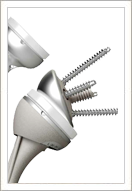
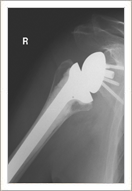 In this type of shoulder replacement, the geometry of shoulder joint is reversed to put the ball in sockets’ place and socket in ball’s place to provide stability and this is indicated if the rotator cuff is deficient or not working.
In this type of shoulder replacement, the geometry of shoulder joint is reversed to put the ball in sockets’ place and socket in ball’s place to provide stability and this is indicated if the rotator cuff is deficient or not working.

